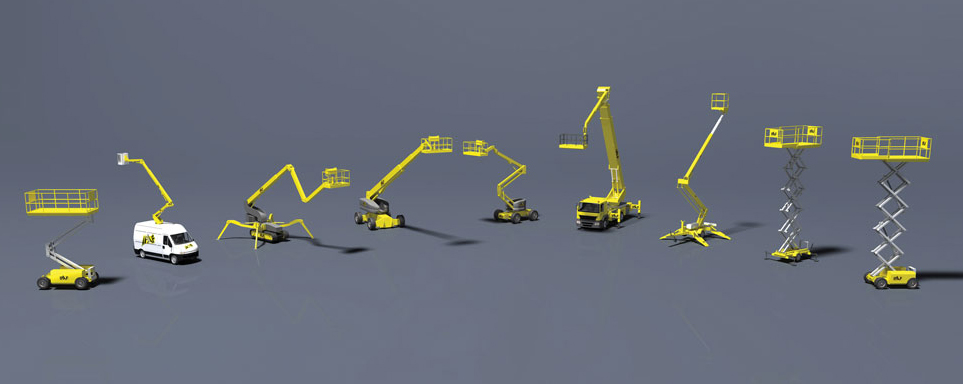Japan Grants USD 7.8 Million to Enhance Mine Clearance Efforts in Cambodia
On June 6, 2025, the Japanese government announced a significant grant of 1.166 billion yen (approximately USD 7.8 million) aimed at bolstering the operations of the Cambodian Mine Action Center (CMAC). The funding, which will enhance mine clearance activities in Cambodia, was formalized during a signing ceremony held at CMAC headquarters in Phnom Penh. The […]
Major Infrastructure Project Nears Completion in Siem Reap
A significant infrastructure development is underway in Siem Reap province, with a 15-kilometer road connecting National Road 6 to the Kampong Phluok tourist area now approximately 70% complete, according to an announcement from the Siem Reap administration. This vital roadway, which measures 8 meters in width, is part of a project initiated by Prime Minister […]
Progress on Phnom Penh’s Drainage System Project Reaches 93% Completion
The ambitious project aimed at constructing a comprehensive drainage infrastructure along National Road 4 in Phnom Penh is now 93% complete, indicating significant progress in efforts to mitigate flooding in the city. During an on-site inspection on June 2, 2025, HE Heang Vutha, Director General of the General Department of Technical Services and Head of […]
NTT Looks to Boost Investment in Cambodia’s Digital Landscape
NTT DOCOMO GLOBAL Inc., a leading Japanese telecommunications provider, has signaled its intent to significantly invest in Cambodia’s digital development. In a recent meeting with Prime Minister Hun Manet, Mr. Hiroki Kuriyama, President and CEO of NTT DOCOMO GLOBAL Inc., outlined plans to enhance service coverage and strengthen the digital sector in the kingdom. “This […]
JETRO Commits to Boost Japanese Investment in Cambodia
In a significant move to strengthen economic ties, the Japan External Trade Organization (JETRO) has reaffirmed its commitment to promoting Japanese investment in Cambodia. This announcement came during an official meeting between Cambodia’s Prime Minister Hun Manet and Mr. ISHIGURO Norihiko, JETRO’s President and CEO, during a visit to Tokyo from May 28-31, 2025. During […]
Strengthening Bilateral Ties: Siem Reap and Henan Authorities Commit to Joint Cooperation
In a significant move to enhance bilateral relations, Siem Reap Province in Cambodia and Henan Province in the People’s Republic of China have committed to fostering cooperation in key areas. This pledge was formalized during the 2025 Tourism Development Conference held from May 23 to 30 in Kuqa, Xinjiang Autonomous Region, and Qingzhou, Henan Province. […]



 ខ្មែរ
ខ្មែរ







